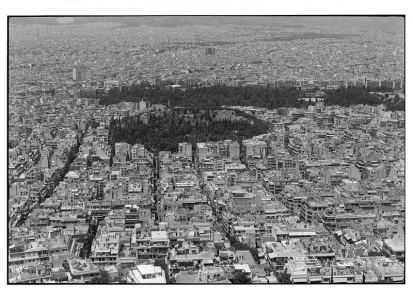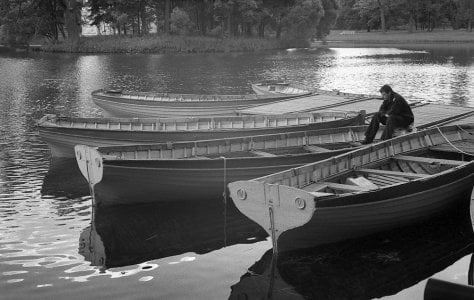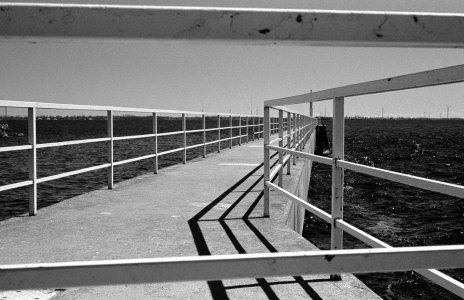chuckroast
Established
I should mention that the "classic" look of the Elmar and even the collapsible 'cron, might just be their somewhat lower contrast than the modern Summicron-M, combined with slightly less sharpness, I dunno.
The first image below is from the collapsible LTM on an M2. The second is from the Summicron-M on an M5 (as I recall):
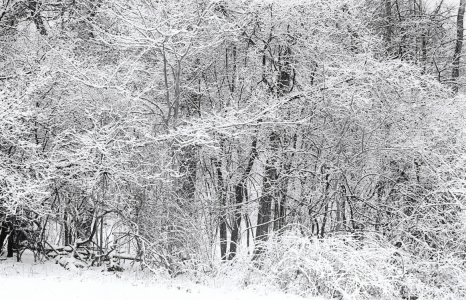
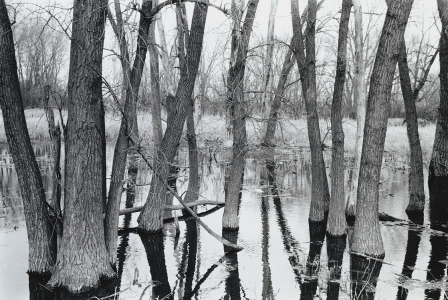
The first image below is from the collapsible LTM on an M2. The second is from the Summicron-M on an M5 (as I recall):


chuckroast
Established
I have a feeling that any 50mm Summicron is an excellent lens. It is such a great design that you really can't improve upon it a lot. I am not a fan of aspheric lenses anyways.
I don't think the basic design has improved in decades. What has improved though, are the multicoatings.
I have the 35mm f/2 Summicron-M ASPH, and I have to say, the aspheric property really shows up well.
Last edited:
WJJ3
Well-known
I had DAG put the rangefinder from my M4 into my M1!Interesting M2: no preview lever or M2 engraving.
I have had the version four since 1986. Used it for over 25 years before I discovered it front focused by a whole centimeter. No wonder my friends loved the shots I took of them. I like the ergonomics of the version 4. It works well on my Monochrom or M6, but was best on the M4-2, a slightly lighter M. For ten years it was my only lens. So I had nothing to compare it to. It behaved perfectly and the architectural shots were sharp. I was hardly ever close focussing. The FP4 negatives from Florence where I bought it are superb. It was a Leitz lens: I just took it for granted.
wlewisiii
Just another hotel clerk
Had a collapsible 'cron once. Gave it to Brian for a Summitar that I stupidly sold.
Now if I have a jonesing for a 'cron, I mount my Canon 50/1.4 and any Leica lust goes away quickly
Now if I have a jonesing for a 'cron, I mount my Canon 50/1.4 and any Leica lust goes away quickly
Erik van Straten
Mentor
Freakscene
Obscure member
Freakscene
Obscure member
AveryWagg
Established
chuckroast
Established
The collapsible Summicron 50mm is hard to find unscratched. The last version seems to have the best coating. I have a 131XXXX. A great lens, but clearly different from the rigid.
gelatin silver print (summicron 50mm f2 collapsible 131XXXX) leica mp
Athens, 2006
View attachment 4837325
I really got lucky. I found my collapsible 'Cron in 7+ mechanical condition and pretty much perfect optically except for slight haze. I did send it to YYE to have it mechanically tuned up and the internal optics fully cleaned, so mine is really nice now.
Every now and then I consider selling it because who need 3 different 50mm Leica lenses, but it has its own look which keeps me hanging on to it.
Erik van Straten
Mentor
Flare=dirt on the inner lens elements. These must be cleaned. And use a good shade.View attachment 4837326
Leica MP, 50mm Summicron v5, Neopan 400, Xtol 1+3.
This shows loss of contrast from flare that infuriated me about the v5 on film. It’s easier to work around on digital, but I still like the 50/1.4 asph better.
Marty
Erik van Straten
Mentor
That's so nice about the Leica-50mm lenses. All the types are different. You can't have enough of them.Every now and then I consider selling it because who need 3 different 50mm Leica lenses, but it has its own look which keeps me hanging on to it.
Freakscene
Obscure member
It had just been cleaned by Leica. It wasn’t dirty. The v5 has two points inside the lens and one behind the back element that are shiny. These magnify the flare effect at certain angles. I shoot into the light a lot and I lost a lot of shots on film. I concentrate on what is in the frame enough that I never got to the point of being conscious about where the light was. On digital you cam see it.Flare=dirt on the inner lens elements. These must be cleaned. And use a good shade.
There are some approaches to managing this flare: Pic of my 50 Cron 'flare baffle'
It is a great lens, but like all lenses, it does have its weaknesses.
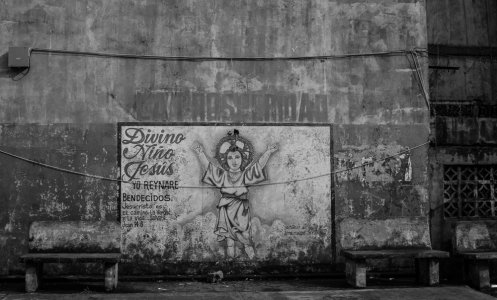
Colón, Panama, August 2013. Monochrom, v5 50mm Summicron, yellow filter.
Erik van Straten
Mentor
Look for a nice collapsible Heliar 50mm f2!View attachment 4837326
Leica MP, 50mm Summicron v5, Neopan 400, Xtol 1+3.
This shows loss of contrast from flare that infuriated me about the v5 on film. It’s easier to work around on digital, but I still like the 50/1.4 asph better.
Marty
gelatin silver print (summilux 50mm f1.4 black paint v1) leica m2
Amsterdam, Artis, 2024
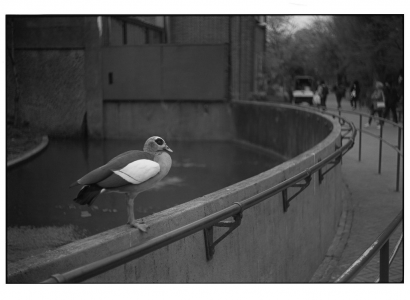
Last edited:
Freakscene
Obscure member
I have one. I can see that it is sometimes decentred depending in how it extends. I don’t like collapsible lenses.Look for a nice collapsible Heliar 50mm f2!
gelatin silver print (heliar 50mm f2 collapsible) leica m2
Amsterdam, Artis, 2024
View attachment 4837381
The f1 Noctilux is the best M mount 50mm lens for avoiding flare in my experience, but like all film era lenses its rear element and lens assembly was not designed with reflections from the sensor in mind, so it sometimes does odd things on digital too.
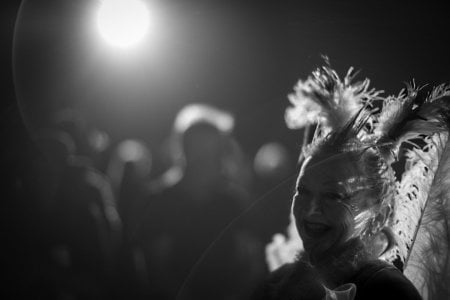
Marty
Archiver
Mentor
The Summicron 50 v5 turned me on to the 50mm focal length. Prior to this lens, I much preferred wider focal lengths and didn't really appreciate 50mm. But this lens was something else. It was glued to my M9 for weeks, and I've put a few frames through it with my M7, too. It's still my preferred 50mm.
 M9 - Shinkansen II by Archiver, on Flickr
M9 - Shinkansen II by Archiver, on Flickr
 M9 - Offering by Archiver, on Flickr
M9 - Offering by Archiver, on Flickr
 M9 - Trophy by Archiver, on Flickr
M9 - Trophy by Archiver, on Flickr
 M9 - Shinkansen II by Archiver, on Flickr
M9 - Shinkansen II by Archiver, on Flickr M9 - Offering by Archiver, on Flickr
M9 - Offering by Archiver, on Flickr M9 - Trophy by Archiver, on Flickr
M9 - Trophy by Archiver, on Flickrqqphotos
Established
it's quite prone to losing contrast due to flare in my experience. can't argue with the sharpness though! I have one of the odd ones that were made in LTM in the late 1990s and use it often on a leica IIIg. a lens shade that isn't the tiny built-in one helps. Sometimes people are confused seeing it on a barnack body 
Last edited:
Erik van Straten
Mentor
I have a very old but still good Summilux v1 50mm f1.4 (serial 1703XXX), black with a typical orange coating. It is a good "flarefighter" IMO. This shot is right against a gigantic window - at full aperture.I have one. I can see that it is sometimes decentred depending in how it extends. I don’t like collapsible lenses.
The f1 Noctilux is the best M mount 50mm lens for avoiding flare in my experience, but like all film era lenses its rear element and lens assembly was not designed with reflections from the sensor in mind, so it sometimes does odd things on digital too.
View attachment 4837397
Marty
gelatin silver print (summilux 50mm f1.4 black no. 1703XXX) leica m2. No burning or dodging.
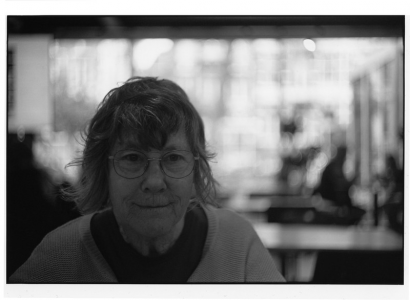
Last edited:
Freakscene
Obscure member
I have a black paint v1 Summilux. I like it a lot, but flare resistant is not what I would call it. The main lens flare tests that I use to assess a lens for my use are photos with:
- point sources of bright light near but inside the edge of the frame
- point sources just outside the frame but shining on the front element
- a large bright area like that window you showed above, but just outside the frame, with a dark subject and low-key photo
- a photo of a bird on a wire or squirrel or similar on a branch against a bright sky
The f1 Noctilux was by far the best on film. Everything fails some test or another on digital, at least everything I have tried so far. It is very interesting how many great lenses fail test 3. The Leica ASPH lenses mostly do badly, even stopped down a bit, and even the Summicron-R 35mm, which is a very flare resistant lens, fails it badly, despite not flaring when you point it at the sun or a stage light. I may be able to figure out why, but I find what a lens does is more important for my photography, particularly when design and construction are not things I can change.
The colour of the coating is often not indicative of its composition; it is mostly indicative of its thickness, and for multi-coating, which wavelengths are least well controlled for reflection. It can also change with a <1% alteration in composition, including of contaminant compounds that are still within spec.
There is a good description of the basics of coating here: Camera Lens Anti-Reflection Coatings: Magic Explained
- point sources of bright light near but inside the edge of the frame
- point sources just outside the frame but shining on the front element
- a large bright area like that window you showed above, but just outside the frame, with a dark subject and low-key photo
- a photo of a bird on a wire or squirrel or similar on a branch against a bright sky
The f1 Noctilux was by far the best on film. Everything fails some test or another on digital, at least everything I have tried so far. It is very interesting how many great lenses fail test 3. The Leica ASPH lenses mostly do badly, even stopped down a bit, and even the Summicron-R 35mm, which is a very flare resistant lens, fails it badly, despite not flaring when you point it at the sun or a stage light. I may be able to figure out why, but I find what a lens does is more important for my photography, particularly when design and construction are not things I can change.
The colour of the coating is often not indicative of its composition; it is mostly indicative of its thickness, and for multi-coating, which wavelengths are least well controlled for reflection. It can also change with a <1% alteration in composition, including of contaminant compounds that are still within spec.
There is a good description of the basics of coating here: Camera Lens Anti-Reflection Coatings: Magic Explained
Last edited:
Richard G
Mentor
My version 4 flared once. At 25 years when attended to for the focus shift they didn’t think it needed internal cleaning.
raid
Dad Photographer
Do you mean the Summilux-R or the 35mm Summicron here?he Leica ASPH lenses mostly do badly, even stopped down a bit, and even the Summilux-R 35mm Summicron,
Share:
-
This site uses cookies to help personalise content, tailor your experience and to keep you logged in if you register.
By continuing to use this site, you are consenting to our use of cookies.


